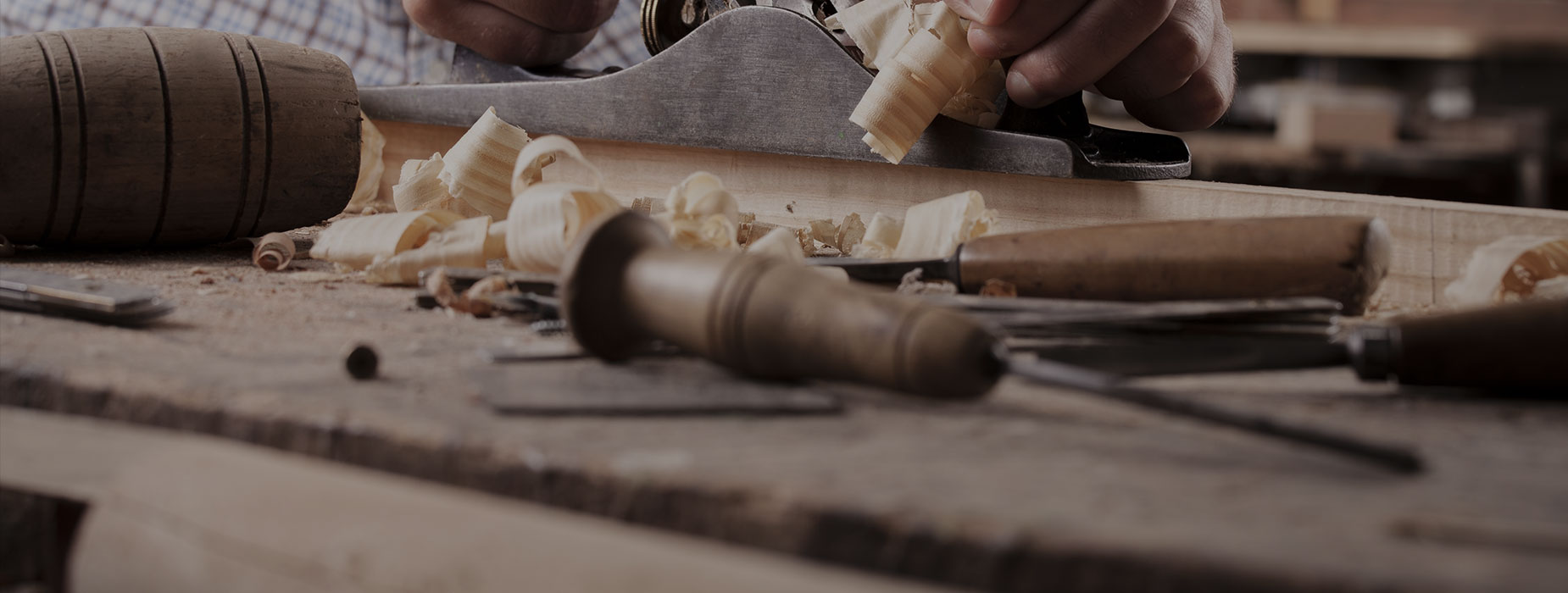
Scrap Steel Price in India
Best Scrap Steel Price in India
The move to a low-carbon future necessitates a shift in the way we produce iron and scrap steel in India. There is no one solution for CO2-free steelmaking; instead, a diverse set of technological choices must be used, either individually or in combination, depending on local conditions. The state of a variety of major technologies, programmes, and concerns is described and explored in this series of information sheets.
What is scrap and why is it important?
Scrap refers to steel that has either reached the end of its useful life (‘post-consumer scrap’) or has been generated during the manufacturing of steel goods (‘pre-consumer scrap’). While the phrase “scrap” may make one think of a waste product, it is actually a valuable raw material that is used in every steelmaking process and scrap steel pricing in India. Steel is the most recycled material on the planet due to its inherent magnetic, which makes it incredibly easy to separate and recycle.
We can make new steels by melting scrap steel at the end of its useful life and adjusting the chemistry and shape of the new product. Scrap steel is separated and processed before being used to create new steel products. Because scrap is a part of every steel factory’s raw materials mix, every steel plant is also a recycling plant. Each charge of the basic oxygen furnace, in which carbon-rich pig iron is processed into crude steel, typically contains 15 percent to 25 percent scrap in blast furnace (BF) steelmaking.
Scrap serves as a cooling agent and a source of iron units, absorbing excess heat from the exothermic decarbonisation process. Scrap is sometimes immediately added to the BF as a source of iron units, which reduces greenhouse gas emissions. Electric energy is utilised in electric steelmaking to re-melt scrap2 charges up to 100% to create new steel products.
What are the advantages of recycling?
Scrap helps to reduce industry emissions and resource consumption; for every tonne of scrap used in steel manufacturing, 1.5 tonnes of CO2 is avoided, as well as 1.4 tonnes of iron ore, 740 kg of coal, and 120 kg of limestone.
What percentage of scrap is used?
All of the scrap available to the steel industry is recycled and utilised to make new steel. Recycled steel retains the original steel’s intrinsic qualities, and the quality can be improved through recycling.
Scrap consumption for steel production is around 650 Mt per year (compared to a total crude steel production volume of 1,869 Mt per year), with scrap consumption in the primary and secondary routes being comparable. This saves about 975 metric tonnes of CO2 per year and considerably minimises the consumption of other natural resources like iron ore, coal, and limestone.
According to Worldsteel, the global foundry sector uses around 70 Mt of ferrous scrap each year. Ferrous scrap recycling is the world’s largest recycling industry, with a total of 720 Mt.
